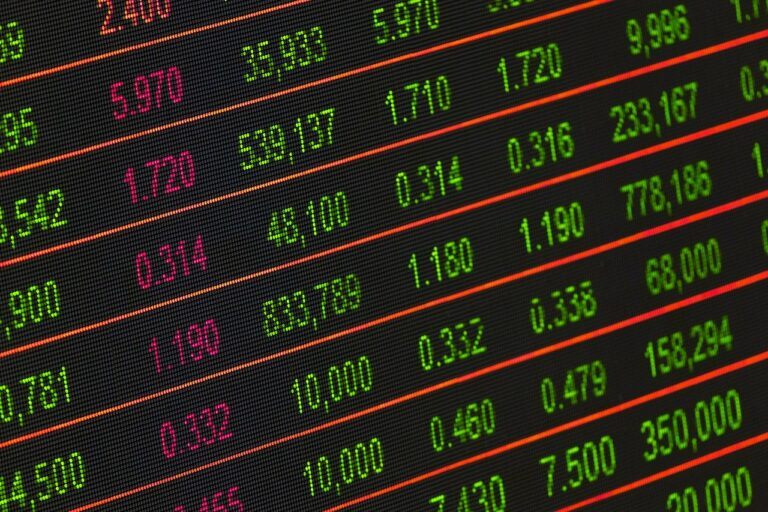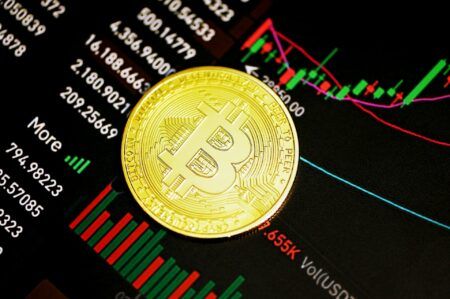CryptoCompare has released the second iteration of its exhaustive Exchange Benchmark, in an effort to evaluate as many cryptoasset exchanges across as many metrics as possible. One of CryptoCompare’s findings from this considerable undertaking is that lower quality exchanges still largely dominate crypto trading as 2020 approaches – and that their domination has increased during 2019.
 (source: CryptoCompare)
(source: CryptoCompare)
Highly rated exchanges only host 33% of global trading volume according to the report, while middling to lower-rated exchanges host the rest – by far the majority. These figures have remained almost unchanged since the previous CryptoCompare report, which came out during the summer.
Exchanges have been rated across eight main categories of quality: legal, data provision, security, team, investment, trade monitoring, negative reports, and market quality. The full methodology of defining these categories is available in the full report.
The Best of the Rest?
In total, 120 out of 165 cryptoasset exchanges were given a “C” or worse rating. 62 exchanges got a “D,” and 23 received the lowest rating of “E.”
 (source: CryptoCompare)
(source: CryptoCompare)
One of the most common demerits received by these lower-tier exchanges is for the quality of their markets. Indeed, the market quality of an exchange seems to serve as a broad proxy for its overall score within the CryptoCompare “Due Diligence” process.
 (source: CryptoCompare)
(source: CryptoCompare)
By “market quality,” we refer to factors such as the spread size on an order book (the distance between the lowest sell order and highest buy order), the market’s liquidity (how thick are the order books, and how much buying/selling does it take to move them?), market volatility (lower is preferred), and “natural” trading behavior (is the market being manipulated?). Simplistically stated, the less erratic an exchange is, the better is the market.
 (source: CryptoCompare)
(source: CryptoCompare)
TFM on the Wane
One of the most questionable practices to be in vogue amonst crypoasset exchanges, however, seems to be in decline. CryptoGlobe reported last month that so called Transaction-Fee Mining (TFM) appears to be falling rapidly as of Q3 2019, more than halving during the month of September. Some have claimed that TFM incentivises wash trading, which is ultimately detrimental to market quality.
The Benchmark reports that 14% of reviewed exchanges still practice TFM, although this factor was not included in the evaluation process.
Featured image via Pixabay.








